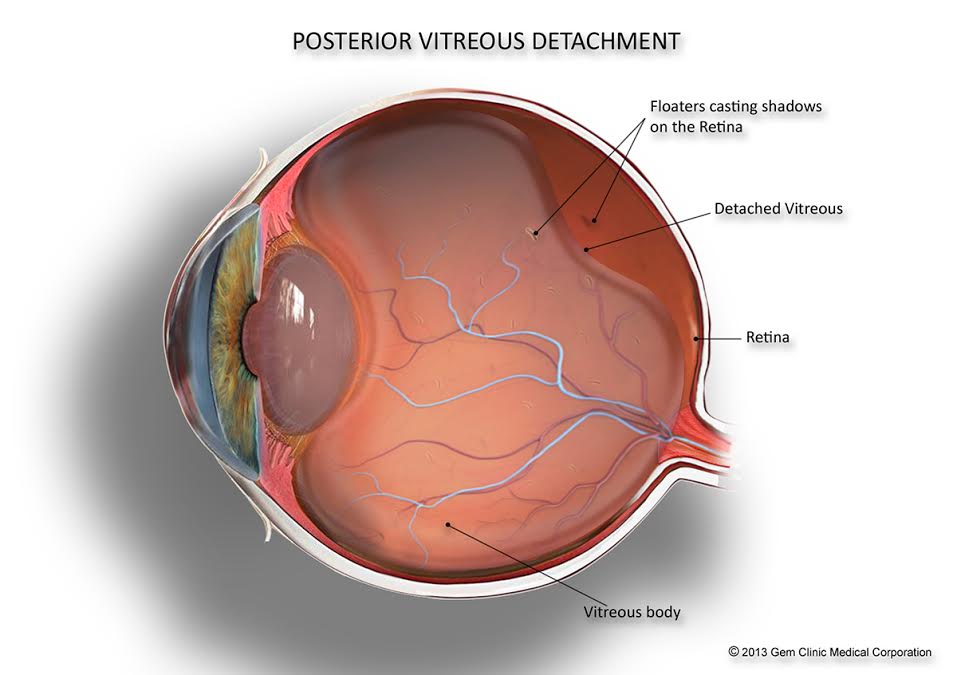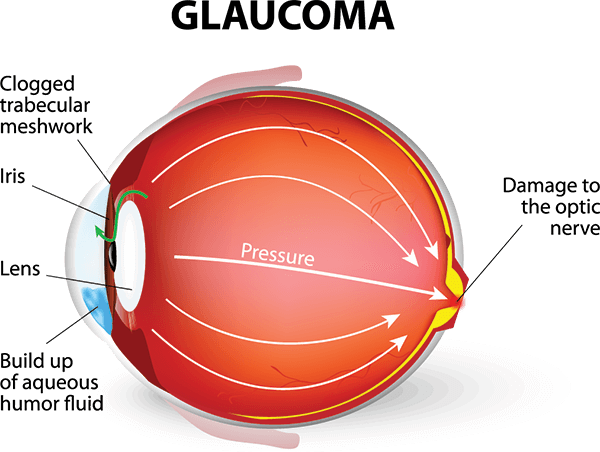Quality Retina Service Near Me: Specialized Care for Retinal Disorders
Comprehending the Various Vision Correction Procedures Available for Clearer View
In the world of vision improvement procedures, a wide range of alternatives exist to attend to refractive mistakes and give people with more clear view. From the widely recognized LASIK surgical procedure to much less intrusive treatments like PRK and implantable lenses, the area of ophthalmology supplies a series of methods customized to suit various demands and choices. Each procedure includes its own set of considerations, benefits, and possible dangers. Comprehending the subtleties of these vision improvement techniques is critical for making informed choices about one's visual health and wellness. Let's discover the complexities of these procedures and clarified the path to attaining improved vision clarity.
LASIK Surgery
LASIK surgical procedure is an usual refractive procedure used to remedy vision troubles such as farsightedness, astigmatism, and nearsightedness. This medical method, which stands for Laser-Assisted in Situ Keratomileusis, intends to improve the cornea to improve exactly how light is concentrated on the retina, inevitably boosting vision clarity.
One of the key advantages of LASIK surgery is the fast improvement in vision experienced by people. Several individuals discover a substantial improvement in their eyesight quickly after the treatment. Furthermore, the majority of patients report marginal discomfort and pain during the surgery and recovery duration. The recovery time for LASIK is relatively quick, with numerous individuals returning to their everyday activities within a day or two post-operation. Generally, LASIK surgical treatment is a preferred choice for individuals looking for a long-term service for their vision issues.
PRK Treatment
While additionally a typical refractive treatment, the PRK (Photorefractive Keratectomy) method varies from LASIK surgical treatment in its strategy to remedying vision troubles. In PRK, rather than developing a flap on the cornea, the outer layer of the cornea, called the epithelium, is totally removed. This enables the laser to improve the cornea to fix refractive mistakes such as astigmatism, farsightedness, and nearsightedness directly externally.

Despite the longer recuperation time, PRK can generate outstanding results in vision improvement, making it an important option for those that might not be appropriate prospects for LASIK surgery.
Implantable Lenses
As opposed to PRK where the cornea is reshaped directly, implantable lenses supply an additional approach for correcting vision by putting man-made lenses inside the eye. This treatment is especially valuable for people with high degrees of astigmatism, nearsightedness, or farsightedness that might not be suitable candidates for laser surgical treatments like LASIK or PRK.
Implantable lenses, also called phakic intraocular lenses, job by supplementing the eye's natural lens with a synthetic one. eyecare near me. These lenses can be put before the natural lens (former chamber) or behind the iris and before the natural lens (posterior chamber) By readjusting the power and positioning of these lenses, ophthalmologists can properly remedy refractive errors and improve aesthetic acuity
One benefit of implantable lenses is that they are detachable and exchangeable, supplying versatility for future adjustments. However, just like any operation, there are risks entailed, such as infection or cataract development. Clients taking into consideration implantable lenses need to seek advice from an eye care expert to figure out the most ideal option based upon their specific needs and eye wellness.
Corneal Rings
Corneal rings, also known as intracorneal ring segments, are little, read more clear tools put into the cornea to deal with vision distortions such as keratoconus. Keratoconus is a condition where the cornea thins and bulges outward, creating vision to become distorted. The insertion of corneal rings assists to flatten the cornea, boosting visual acuity and decreasing the irregular astigmatism brought on by keratoconus.
The procedure for placing corneal rings is minimally intrusive and relatively quick, usually performed as an outpatient procedure. Throughout the surgical treatment, the eye doctor makes a tiny incision in the cornea and inserts the rings at a certain deepness. As soon as in position, the rings assist to improve the cornea, supplying a smoother surface for light to go into the eye, which can cause more clear vision.
Corneal rings are considered a reversible procedure, as they can be eliminated or changed if necessary. retina service near me. While they might not entirely eliminate the demand for glasses or get in touch with lenses, corneal rings can dramatically improve vision high quality and general aesthetic comfort for individuals with keratoconus or other corneal abnormalities
Refractive Lens Exchange
Complying with the modification of corneal abnormalities with treatments like corneal rings, another vision correction technique that can address refractive mistakes is Refractive Lens Exchange (RLE) RLE is an operation read what he said that includes replacing the eye's all-natural lens with a man-made intraocular lens (IOL) to remedy refractive mistakes such as nearsightedness, farsightedness, and presbyopia. This treatment is especially useful for people who may not appropriate prospects for treatments like LASIK or PRK because of aspects such as slim corneas or high refractive mistakes.

Verdict
Finally, there are numerous vision correction procedures offered to help people attain clearer sight. LASIK surgical treatment, PRK procedure, implantable lenses, corneal rings, and refractive lens exchange are all options that can deal with different vision concerns. It is necessary for people to talk to their eye treatment supplier to identify the most appropriate procedure based on their certain demands and choices. With innovations in innovation, achieving improved vision is now much more accessible than ever in the past.
In the realm of vision adjustment procedures, a multitude of options exist to attend to refractive mistakes and supply individuals with clearer view.LASIK surgical treatment check out this site is a common refractive procedure made use of to deal with vision problems such as astigmatism, nearsightedness, and farsightedness.While likewise a typical refractive procedure, the PRK (Photorefractive Keratectomy) technique varies from LASIK surgical treatment in its method to dealing with vision troubles.Adhering to the improvement of corneal irregularities with treatments like corneal rings, one more vision modification technique that can attend to refractive errors is Refractive Lens Exchange (RLE) LASIK surgery, PRK procedure, implantable lenses, corneal rings, and refractive lens exchange are all choices that can address various vision issues.